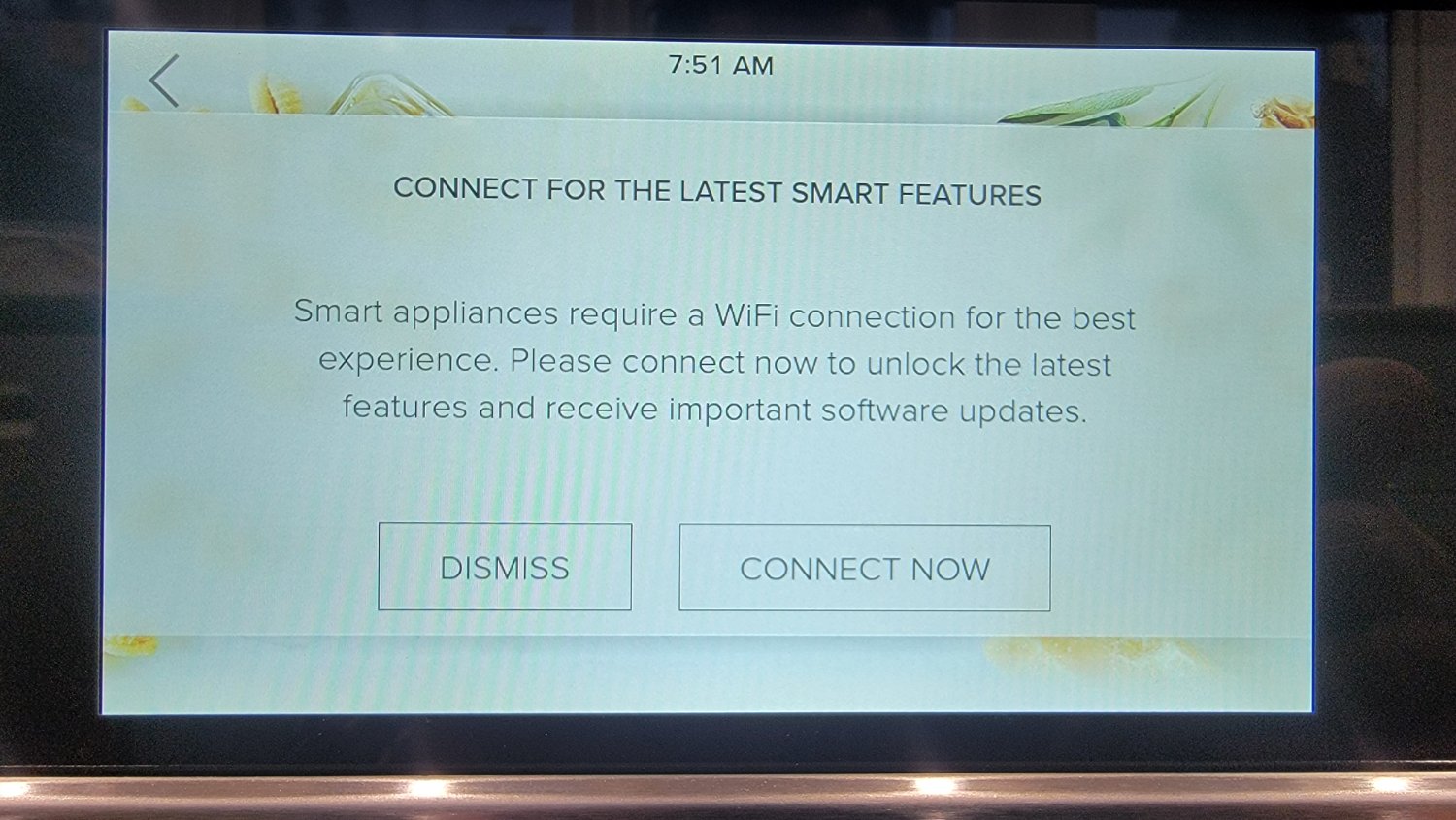this post was submitted on 29 Nov 2024
424 points (100.0% liked)
Technology
38217 readers
748 users here now
A nice place to discuss rumors, happenings, innovations, and challenges in the technology sphere. We also welcome discussions on the intersections of technology and society. If it’s technological news or discussion of technology, it probably belongs here.
Remember the overriding ethos on Beehaw: Be(e) Nice. Each user you encounter here is a person, and should be treated with kindness (even if they’re wrong, or use a Linux distro you don’t like). Personal attacks will not be tolerated.
Subcommunities on Beehaw:
This community's icon was made by Aaron Schneider, under the CC-BY-NC-SA 4.0 license.
founded 3 years ago
MODERATORS
you are viewing a single comment's thread
view the rest of the comments
view the rest of the comments

You're thinking of microwaves.
Source: https://www.britannica.com/science/electromagnetic-radiation/Microwaves
2.4Ghz, and 5Ghz are microwaves. Your typical microwave oven operates at about 2.45GHz due to resonance frequency of water. 2.4Ghz wifi is literally a typical microwave's neighbor.
The difference is sheer amount of power and shielding. Not the type of radiation.
https://media1.tenor.com/m/1PlOazHibx4AAAAd/simpsons-joke.gif
It may very well be. However, with how matter-of-factly you said it, some people might not think it's a joke.
The water resonance thing is a myth, AFAIK. Strong absorption is actually a bad thing for a microwave oven, because then it would only heat the surface. The way they work is effectively bouncing the radiation through a barely-absorbing dielectric thousands of times, to get the effect really even.
The frequency is probably just an easy one to build magnetrons for.
The real reason is that that range is reserved for consumer devices so that it doesn't interfere with actual ISM sanctioned communications as enforced by the FCC. We just also decided to put wifi in the same range cause they're stingy releasing frequencies for public use.
https://en.wikipedia.org/wiki/ISM_radio_band#Frequency_allocations
But research was done on it cause of course it has been.
https://iopscience.iop.org/article/10.1088/0031-9120/39/1/006
So you're likely right that it's not water resonance, but chassis cavity resonance. I can't say that I've read deeply into it. And thinking about it I remember hearing something about some of the high level stuff that I just read in relation to this article. I probably ran into it in passing and just failed to recall it. But to be frank, I'm okay just calling it voodoo wizardry in of itself. But I have to understand wireless communications stuff for my profession, and it's well known that it's basically the same range as wifi 2.4ghz/bluetooth/other consumer standards that sit in the same crowded space.
There's several ISM bands, though, pretty evenly spaced. The 13.5MHz one is used for passive RF chips like on credit cards, for example. They're skinny, but for purposes where bandwidth doesn't matter they can be. For other purposes bandwidth is scarce enough there has to be tight regulation.
Actually high water absorption happens in mm wave bands up in the hundreds of GHz (and THz too, if we could make a decent transmitter). Those fucked up riot control devices that make your skin feel on fire work based on that principle, because the heat will only go deep enough to hit pain receptors. Presumably, they stop working if you get a water mixture of any kind on the window, too.
That could work if you amped the waves up and trapped them in a confined, isolated space, no?
Maybe if you could amp up the wattage by a 1000 fold, sure
We're not trying to be efficient, we are trying to be innovative!
Listen, the Behemoth probably wouldn't even survive a shot from the wifiaser.
I for my part would rather like to use the microwave for Hi-Power WiFi (and you can hold a bag of popcorn into the datastream for nutrition too!)
I'm not sure if that's possible, but if, not in this size. You would probably need an oven in the size of an entire truck maybe? It probably needs lot of energy for both, isolating and transforming/amping the signal. At that point the power going in to transform the signal could be used more efficiently otherwise to achieve the same goal without Wi-fi (as those small microwaves proves it).